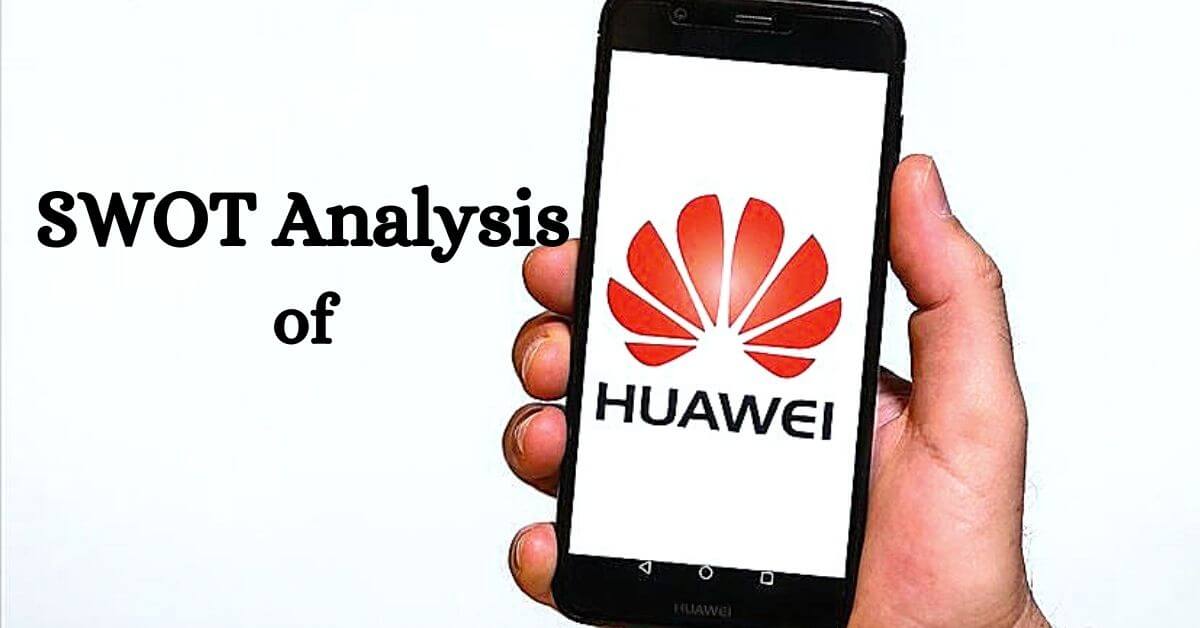SWOT Analysis of Nokia. Nokia Corporation is a consumer electronics, information technology, and telecommunication Finnish multinational company. Eduard Polon, Leo Mechelin, and Fredrik Idestam laid the foundation of the company in 12 May 1865. The headquarter of the company is in Espoo, Finland.
Some of the main products and services of Nokia are as follows;
- Wi-Fi Routers
- Digital Audio
- Smart TV
- Smartphones
- Tablets
- VR Cameras
- Health
- Consumer services
- Nokia imaging apps
- Humanitarian services
- Developer tools
- Video games
- Operating system
- Security
- ADSL modems
- GPS Products
Key statistical facts and figures about Nokia are as follows;
- The annual revenue of the IT and telecom company in 2023 was 26.70 billion dollars
- Out of which, the net income of the company was 4.369 billion dollars
- Approximately 86,896 employees are working for the company
Some of the main subsidiaries of Nokia are as follows;
- Radiofrequency systems
- Nuage networks
- NGP Capital
- Bell Labs
Some of the top competitors of Nokia are as follows;
- Whale Cloud
- NEC (Nutcracker)
- Ciena
- TEOCO
- Hewlett Packard Enterprise
- Amdocs
- Oracle
- IBM
- Huawei
- Ericsson
Today, we’ll discuss the swot analysis of Nokia. It is going to focus on the internal strengths and weaknesses; external opportunities and threats to the IT and telecom company. Here’s the swot analysis of Nokia as follows;
Strengths of Nokia
Some of the main strengths in the swot analysis of Nokia are as follows;
Diverse Portfolio
Nokia has a very large and diversified product portfolio and the company offers a very wide range of products in various categories. They’re like networking equipment, telecom equipment, consumer electronics, laptops, TV, AC, and others. It allows the company to target various segments of the customer market.
Large Network
Nokia has a very large network and the company is operating its business in more than 90 countries across the world. Such a large and worldwide network shows the market influence of the company in the telecom, IT, and consumer electronic industry.
Strong Legacy
Nokia has been running its business since 1865, and it is more than 150 years. The company was the largest manufacturer of mobile phones in the early 2000s. The consumer electronic company has successfully maintained its legacy over the years.
Diversified Business
Along with a diversified product portfolio, Nokia also has a well-diversified business portfolio. It means that the company is operating its business in various categories. Alactel & NGP Capital, Bell Labs, Nokia Technologies, and Nokia Network are some of the main subsidiaries of the company.
Customer Service
In order to improve the customer shopping experience and facilitate them, Nokia launches its products in multiple retail outlets. They’re like online stores, e-commerce platforms, and brick-and-mortar retail outlets.
Weaknesses of Nokia
Some of the main weaknesses in the swot analysis of Nokia are as follows;
Controversies and Legal Issues
Nokia has been facing legal issues in various countries. For instance, Tax evasion in India, data breach of Nokia 7 Plus, and forced labor in Xinjiang region are some of the top of the list. Such types of controversies and legal issues are jeopardizing the company’s reputation.
Late Entry Into Smartphone
Nokia used to be the leading consumer electronics and mobile phone manufacturing company in the early 2000s. But the company didn’t launch the Android smartphones in 2007 when other developing companies were gaining market share. By the time Nokia realized its mistake and entered the Android smartphone, it was very late.
Opportunities for Nokia
Some of the main available opportunities in the swot analysis of Nokia are as follows;
Economical & Premium Products
Instead of producing one type of product, Nokia should launch different categories like economical and premium products. It would help the company to target both types of customers in the market, and amplify its revenue and profitability.
Acquisition
Nokia should consider merging and acquiring other small consumer electronics companies. It would help the company to increase its skill set and expertise and launch some type of new product or service. Resultantly, it would the company to increase its market share and market reach.
Consumer Products
Nokia is already producing a wide range of products in the consumer electronics categories. The company should further diversify and increase its product portfolio in the consumer electronic category. It allows the telecom company to increase its revenue and profitability.
Threats to Nokia
Some of the main potential threats in the swot analysis of Nokia are as follows;
Economic Recession
International political issues, the oil crisis, inflation, and the unemployment rate have caused the global economic recession. When people have got limited buying and purchasing power, then it has tightened the company’s sales and overall income.
Failed Products
Failed products means limited sale of the particular product that doesn’t even meet the breakeven point. Nokia has launched various failed products in the past, and they amplify the company’s expenses.
High Competition
The consumer electronics product manufacturing market has become highly competitive in recent years. More competition has decreased the company’s market share.
Conclusion: Nokia SWOT Analysis Example Company
After an in-depth study of the swot analysis of Nokia; we have realized that Nokia is a leading consumer electronics manufacturing company. If you are learning about the business of Nokia SWOT, then you should keep in mind the abovementioned internal and external factors.

Ahsan Ali Shaw is an accomplished Business Writer, Analyst, and Public Speaker. Other than that, he’s a fun loving person.


